The Wave Principle of Human Social Behavior and the New Science of Socionomics
$19.75
| Author(s) | |
|---|---|
| Format |
|
| Pages |
469 |
| Publication Year |
1999 |
Socionomics evolved from the Wave Principle, a theory of patterns in financial markets. Now Robert Prechter proposes that this very same principle can be applied to our own social and cultural lives. Prechter shows that dominant aspects of our unconscious mentation are characterized by measurable patterns. Those patterns form the building blocks of humankind’s social interaction, and in turn, the Wave Principle.
Author’s Note:
I hope that readers will forgive a rather advocative opening statement. However, I fear that without it, too few economists and sociologists will seriously consider this material. Therefore, I will state the following unequivocally: The social sciences today are where the physical sciences were three hundred years ago.
The Wave Principle is to sociology and related sciences what Newton’s laws were to physics. It provides a basis and framework within which to study and quantify social behavior and thus serves as an anchor for the undertaking of true social science. The resulting breakthrough is so profound that it requires a new name for the science it makes possible. I think socionomics is a good term. Ralph Nelson Elliott’s great insight is the idea that financial markets have a specific organizational law of patterned self-similarity that is governed by the Fibonacci sequence, which therefore ties it to the laws of nature. If I have an insight to provide, it is the vast implications of that fact.
I believe that the Wave Principle and socionomics are the most important concepts ever introduced to the field of social science. They should change forever the professions of market analysis, economics and sociology. In fear that it might go unread, I make these bold statements in hopes that they will inspire (or annoy) practitioners of social professions enough to prompt some of them to investigate these ideas and reconsider the old assumptions permeating their fields.
Contents:
- Basic Tenets of the Wave Principle
- Universal Forms: Fractals, Power Laws and Spirals in Self-Organizing Systems, and Their Connection to the Wave Principle
- Robust Fractals and Fibonacci Mathematics
- Modeling and Quantification Support the Validity of the Wave Principle
- Forecasting Pattern on the Basis of Pattern
- Forecasting Price Extremes on the Basis of Typical Wave Relationships
- Relating Aspects of Market Behavior to Wave Degrees
- Unconscious Herding Behavior as the Psychological Basis of the Wave Principle
- Theories and Observations Relating to lmpulsivity and Herding
- Biological Connections to the Robust Fractal Aspect of the Wave Principle
- Biological and Perceptual Connections to the Fibonacci Foundation of the Wave Principle
- Mentational Connections to the Fibonacci Foundation of the Wave Principle
- From Long Waves to Rapid Vibration: The Motor of Life?
- Components of Mood
- Popular Cultural Trends as Manifestations of Social Mood Trends
- Historical Impulsion: Events that Result from Social Mood Trends
- Forecasting Success Supports the Validity of Socionomics
- Thinking Socionomically
- Problems with Conventional Approaches to Financial Markets, and Their Solution in Socionomics
- Some Key Fundamentals of Socionomics
- The Kitchen Sink: Linking Physics to the Human Social Experience, A Principle Behind Ordered Complexity, Hints of Robust Fractals in the Heavens, the Fibonacci Foundation of Robust Forms, and Phimation as an Opposing Principle to Entropy
The Wave Principle of Human Social Behavior and the New Science of Socionomics By Robert R. Prechter pdf
13 reviews for The Wave Principle of Human Social Behavior and the New Science of Socionomics
Clear filtersOnly logged in customers who have purchased this product may leave a review.

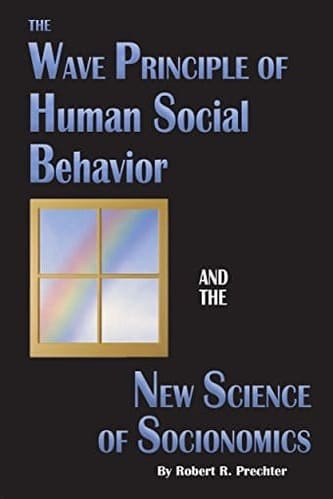

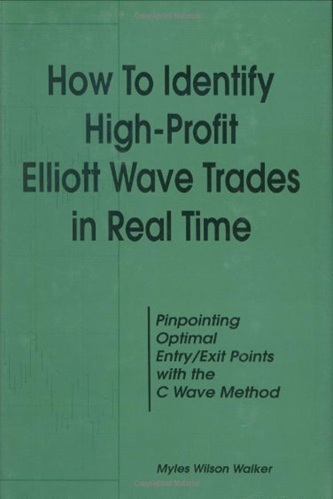
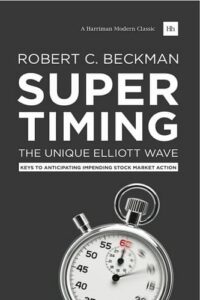
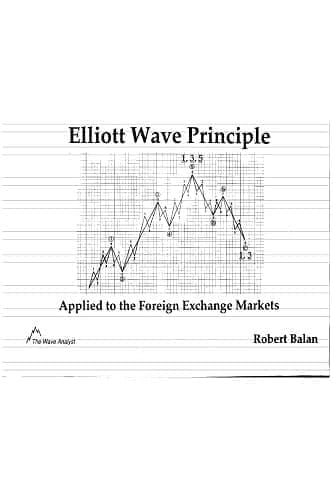
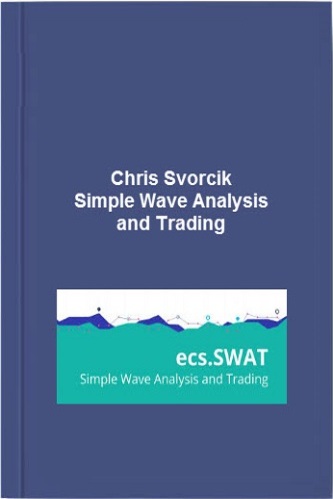
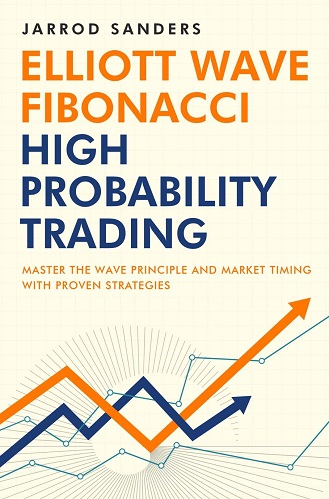
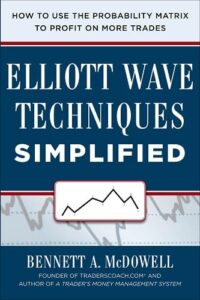

Hudson Lu (verified owner) –
awesome!
It’s too great!
I really wonder why this person doesn’t win the Nobel Prize!
Everlee Chen (verified owner) –
This book DESTROYED many of my cherished beliefs, which is exactly what I like to see! Robert Prechter is a rare individual indeed, not afraid to challenge the [conformist, consensus, severely [constrained, limited]] mainstream academics, who need this more than I. Furthermore, many of my long-held suspicions finally found expression – and I really wish I had read it when published in 1999! I have the same feeling about essentially ALL [government, academic] scientists as he does financial theorists. I suspect that this is a universal affliction of homo sapiens.
Aaron Bush (verified owner) –
Must read for traders and non traders alike.
Excellent!
Estella Murillo (verified owner) –
Maybe I’m missing something but all I saw was cherry-picking examples to support a hypothesis that Fibonacci sequences and their .618 ratios are fundamentally related to human behaviors including the stock market. I understand there are thousands of guys analyzing previous trends claiming to have found the Holy Grail; statistically a portion will forecast correctly and therefore convince themselves the’re on to something. As a neuroscientist interested in certain aspects of group dynamics, I found the psychology parts weak. Again, the author quotes from mostly ambitious/famous scientists claiming to be able to distill complex scientific problems with a clever quip. I don’t feel confident enough to completely discount the hypothesis but I’m at least 61.8% sure you can pass this book up.
Zane Gillespie (verified owner) –
If you use Elliott Wave in your investment analysis you know it works. If you try to point this out to a non-waver you feel like the round earth advocates must have felt 500 years ago defending their position to the flat earthers. After all it does look flat; and stock charts do just look like a bunch of squiggly lines.
After reading this book you begin to understand the science that is at work in Elliott Wave Theory, and believe me, they are not just a bunch of squiggles. Mr. Prechter makes his case brilliantly.
Lance Giles (verified owner) –
A fascinating look at how groups of individuals act in demonstrable, reproducible patterns, similar to the genesis and movement of hurricanes, plants and other fractal based systems.
Apparently ‘random’ phenomena such as stock market runs appear to be commanded by an ‘invisible hand’ that waves in repeated fashion.
If the Elliot Wave Principle interests you, this book will be an exciting read.
Emmanuel Combs (verified owner) –
Prechter takes pains to present enough of the science and empirical data to demonstrate the legitimacy of the Wave Principle while also giving simple examples and explanations to make this Principle accessible to a wide audience. If you’re new to Elliott Waves, you can find enough free, short articles in the archive on socionomics.net to get you interested, and if you find yourself drawn to those articles, this book will blow you away.
Bailee Morales (verified owner) –
As someone who is extremely interested in how the brain works and why we ‘do what we do’, as “rational” human beings, I found this book to be extremely compelling. I simply could not put it down. Prechter takes a huge compilation of material (from neuroscience, psychology, fractal anaylsis to technical stock market analysis) and boils it down into a beautifully written and fascinating look at how our mind and society is shaped and guided by an underlying mathematical pattern that is the foundation for all living systems.
We are lead by Prechter through a basic understanding of Ralph N. Elliott’s Wave Principle – a technical method of stock market analysis Elliott discovered during the 1930’s – and come to find that this pattern is fractal based, and not only indicates where the NASDAQ is going to go tomorrow, but shows us where we will go as a society!
This book is a must read for anyone studying brain function, psychology, or philosophy AND for the beginning and seasoned trader! I wish I had found this type of information years ago.
Alianna Kane (verified owner) –
Imagine you were one of the first people to look through a telescope – and you suddenly found out that the sky was not merely wallpaper. You would have known that the discovery was a breakthrough, but what would happen would be spooky to think about.
That’s how I feel reading Prechter’s book about the new science of Socionomics. The telescope made sense of the jumble of lights in the night sky, as well as strange events like eclipses. The new science of Socionomics makes sense of a huge jumble of information in financial markets as well as strange events like crashes, manias, fads and fashions. The personality of markets and societies is linked directly to how our brains respond to certain types of input.
It is also a book that stirs up the back of your mind – are we really as independant in thinking as we imagine ourselves to be: how strongly are we influenced by the society around us? The book shows frightening evidence that our brains are hard wired to respond immediately to impulses stimulated by the human herd.
Overall, the book is like reading about the first observations from telescopes – it is a spooky glimpse into a world right in front of our faces that we’ve not understood until now. If you read it thoughtfully, the book will be both unsettling and inspiring in its implications.
Theo McClure (verified owner) –
About twenty years ago, I was sitting in the office of a blue blood firm on Wall Street. The elderly partner closed the door, opened his desk drawer and asked: “Do you know about this?” I expected that the book he was handing me was either erotica or esoterica. It was the Elliott Wave Principle by A.J. Frost and Bob Prechter. Yes, I had heard of it, but not everyone had. Now, aspects of it are available on almost every investor’s computer. It has become something of a universal language. But, one can order coffee in different cultures and in different cafes, but be served very different qualities of coffee. It depends on the Barista! Elliott wave may be known, but it may not be cognized. It is invariably associated with Bob Prechter. But he has always acknowledged that he was developing other people’s ideas. Prechter has been famously known as being a fabulous bull and infamously regarded as a dire bear. Elliott wave is burdened with the Taboo of being “Technical.” Many barbs against Technicals are conveniently anchored against Elliott. Elliott was, in part, developing the preliminary theory of Charles Dow whose eponymous average we wrestle with every day. Whether or not the majority recognizes the Elliott wave paradigm, there are patterns in markets which cryptozoic market speculators use every day.
Bob Prechter’s new book, The Wave Principle of Human Social Behavior, subtitled the New Science of Socionomic([…] may represent his defining contribution to finance. It includes Elliott Wave but delves much further into the frontiers of finance. Investor psychology (the “Psychologicals,” as I call them) are subsumed under the larger scale of Sociology (the “Sociologicals?”) His book provides new material on Herding and Mood which are the pith of Behavioral Finance. Perhaps most compelling are his insights into popular culture. His analysis of how art, music, sports and political trends relate to the market is unique. The book includes photographs of historical events which show the synchronicity of markets and financial culture. This is related to what I call “Pagegrading” in my book, Behavioral Trading. Front page photographs are a powerful limbic rendering of the Zeitgeist. The Socionomically inclined can read markets from the Social Mood and vice versa. He demonstrates that “Social Mood” is patterned and has a reflexive predictability with the market. The difficulty many people have with Elliott is their apprehension that they have to learn all of the details. But, much can be gleaned from a more generic appreciation. When we go to a Japanese restaurant, we don’t expect to learn how to make sushi. We could probably learn exactly how to do it, but only with great passion and practice. Why not just drink the sake and begin to think a little bit Socionomically? The difficulty with Philosophy is that it is always relational and hierarchical. A market philosophy provides a framework for thinking which may not always deliver an easy course of action. Socionomics is a new worldview which ultimately requires a “Metanoia” or change of mind. Prechter provides ample evidence of his Socionomic proposition. But proof may not be enough at the present time. Observe smokers, holding a cigarette pack saying “smoking kills.” Everyone knows that they kill, but they do not necessarily cognize it. Thus, smokers are happily smoking with at least one of their three brains. Investors are happy calculating P/E ratios and buying stocks which should do well. We don’t cognize the market. Socionomics states that men make markets move in habitual ways which are rather precisely mirrored in popular culture. The New Science of Socionomics is an important touchstone in the search for intelligent life in financial markets. We should cognize it if we can.
Irene Lynch (verified owner) –
The ability to make sense of the deluge of information, news, analysis, of various protagonists and antagonists(on current trends, political and economic); is perhaps beyond the scope of regular people. Anybody who wants to make sense of the turbulent times, and protect themselves and their wealth, and plan effectively, needs a different approach. An approach which enables one to be part of society and yet be unaffected by the ups, downs, push and pulls. An approach which allows one to be rational and unemotional. An approach which allows one to be prepared and forewarned, and not reactive.
This book can deliver on all these fronts.
The information is distilled from different branches of psychology, human behaviour and economics and very nicely strings all these sciences into one comprehensive Science of Socioeconomics.
Itzel Adams (verified owner) –
This book shows a very important study about our behavior and how to increase our gains in all situations using this study. If I had read this book before, my life wasn’t the same. Congratulations. I recomend to all who wants to be a winner.
Emani Palmer (verified owner) –
I’ve read only the first 4 chapters…to date my weekly average trade income has increased 400%. Now that sounds too good to be true, BUT it is! I have yet to read the last chapters, but making 200 per week average and now 800 per week is just to exciting for now. I am looking forward to completing the book. Oh, as the past 2 weeks my trade income average has now increased to $1017 per week. I expect to hit $2k per week in the next 2 months as I add more accounts I trade to this method recommended by this book.